Table Top Induction Cooker and Ceramic Cooker
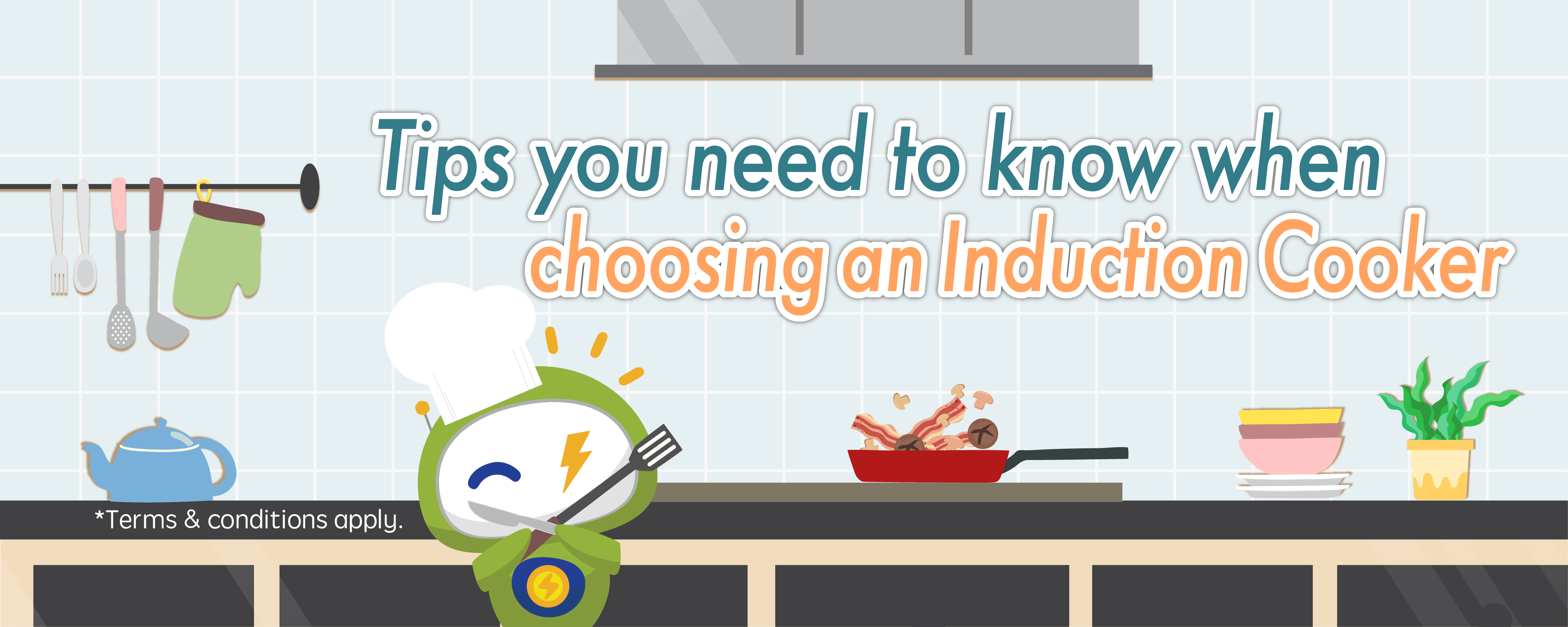

Induction and ceramic cookers have become more popular in recent years, not only due to the prevalence of open kitchens and their ease of cleaning compared to gas stoves, but also because safety and energy efficiency are important considerations when choosing cooking appliances.
Flame-free cooking reduces oil fumes and keeps indoor air fresh, while lowering the risk of burns to young children. When overheated, the device automatically cuts off power, minimizing fire risks caused by dry burning and providing peace of mind for the elderly and working professionals.
According to research from the City University of Hong Kong, under the same testing conditions, using an induction cooker can save about 40% in energy costs compared to a gas cooker! The energy labels show that induction cookers are more thermally efficient than gas stoves, helping to reduce cooking time and improve energy efficiency.
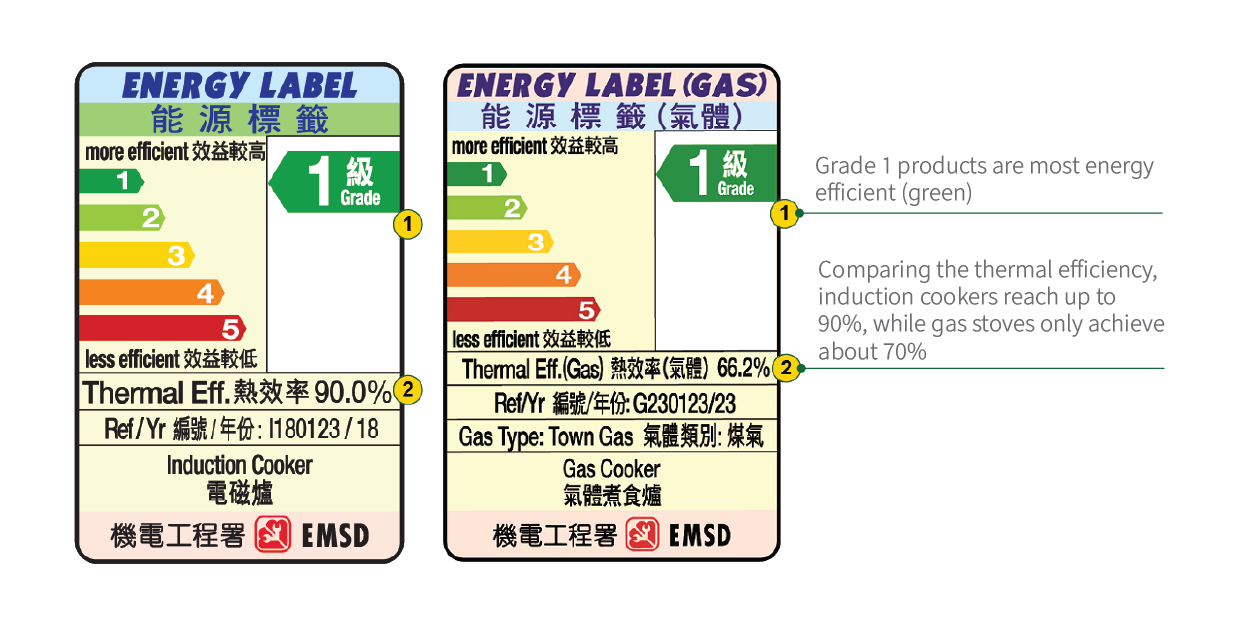

Induction Cooker vs. Ceramic Cooktop: Which is Better?
| Induction Cooker | Electric Ceramic Cooker | |
| Heating Principle | Generates heat through magnetic field induction at the bottom of the cookware | Uses nickel-chromium metal heating elements to convert electric energy into infrared radiation |
| Cookware Requirements | Metal cookware | No restrictions |
| Heat Transfer Efficiency | Fastest heating speed. High heat transfer efficiency and energy-saving | Even heat distribution. Lower heat transfer rate and higher power consumption |
| Ease of Cleaning | Flat surface, easier to clean | Flat surface, easier to clean |
For any inquiries or purchases, please call the Sales and Customer Service Hotline at 2678 2626.
Service hours: Monday to Saturday, from 9:00 a.m. to 6:00 p.m. (closed on Sundays and public holidays)
 SunpentownIC198 2000W Single-Hob Induction CookerIC198$365.00500Special Price $390.00 Regular Price $498.00
SunpentownIC198 2000W Single-Hob Induction CookerIC198$365.00500Special Price $390.00 Regular Price $498.00 GENERAL TECHGT-EE289 2-in-1 Built-in / Tabletop Induction Hob Series (Promotion)GT-EE289 (BLACK)$2,448.002,000Special Price $2,548.00 Regular Price $3,880.00
GENERAL TECHGT-EE289 2-in-1 Built-in / Tabletop Induction Hob Series (Promotion)GT-EE289 (BLACK)$2,448.002,000Special Price $2,548.00 Regular Price $3,880.00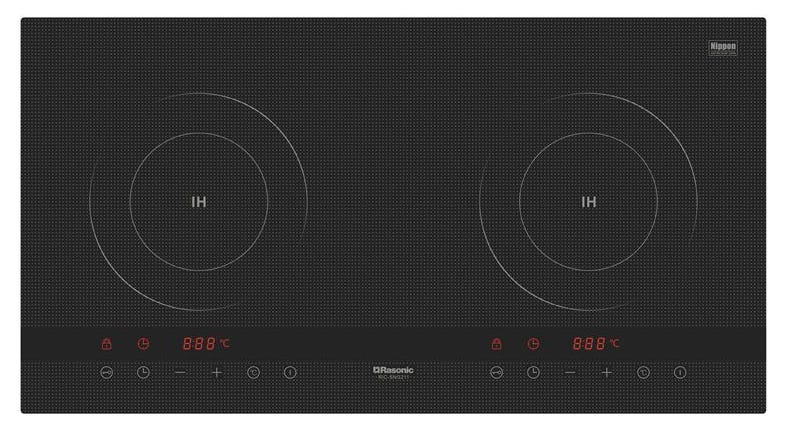 RasonicRIC-SNG211 Kitchen Use Double-Burner Induction Cooker (Promotion)RIC-SNG211$3,099.002,000Special Price $3,199.00 Regular Price $4,430.00
RasonicRIC-SNG211 Kitchen Use Double-Burner Induction Cooker (Promotion)RIC-SNG211$3,099.002,000Special Price $3,199.00 Regular Price $4,430.00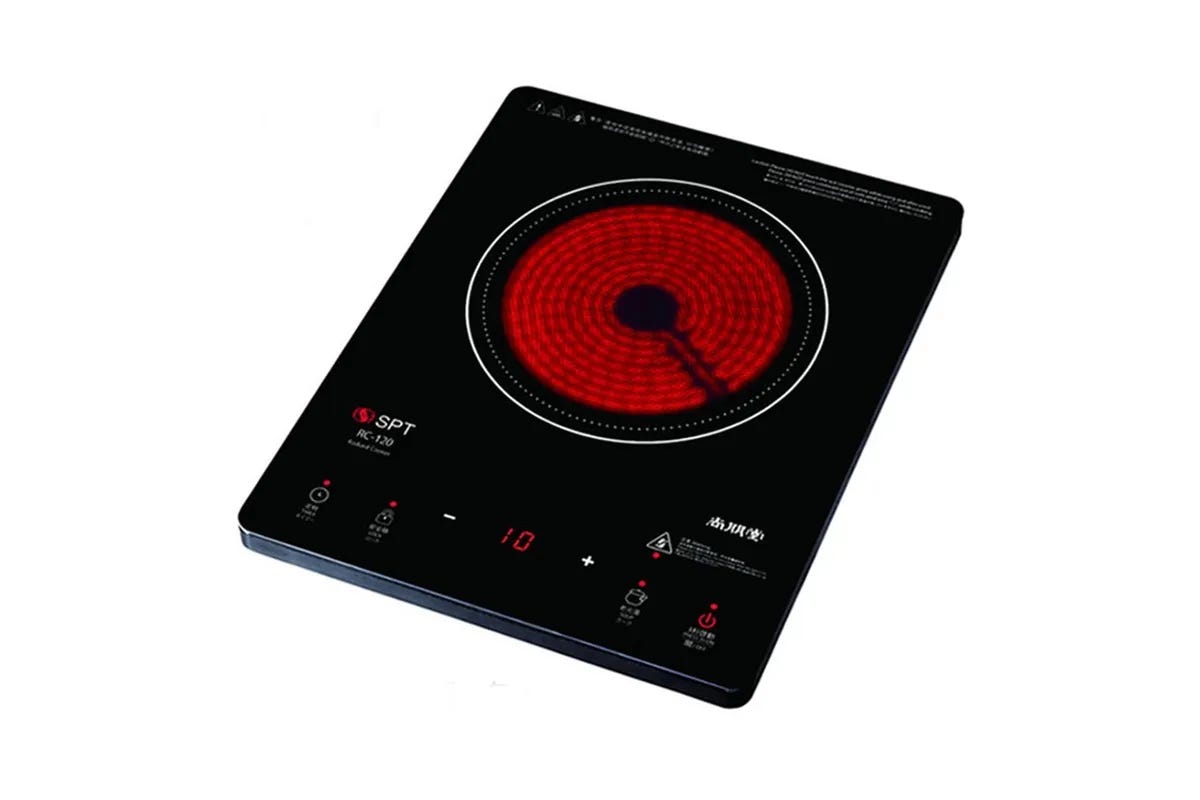 SunpentownRC120 Single Zone Ceramic Cooker (Promotion)RC120$295.00500Special Price $320.00 Regular Price $438.00
SunpentownRC120 Single Zone Ceramic Cooker (Promotion)RC120$295.00500Special Price $320.00 Regular Price $438.00 RasonicRIC-SD37G2 Kitchen Use Double-Burner Induction CookerRICSD37G2$2,650.002,000Special Price $2,750.00 Regular Price $3,280.00
RasonicRIC-SD37G2 Kitchen Use Double-Burner Induction CookerRICSD37G2$2,650.002,000Special Price $2,750.00 Regular Price $3,280.00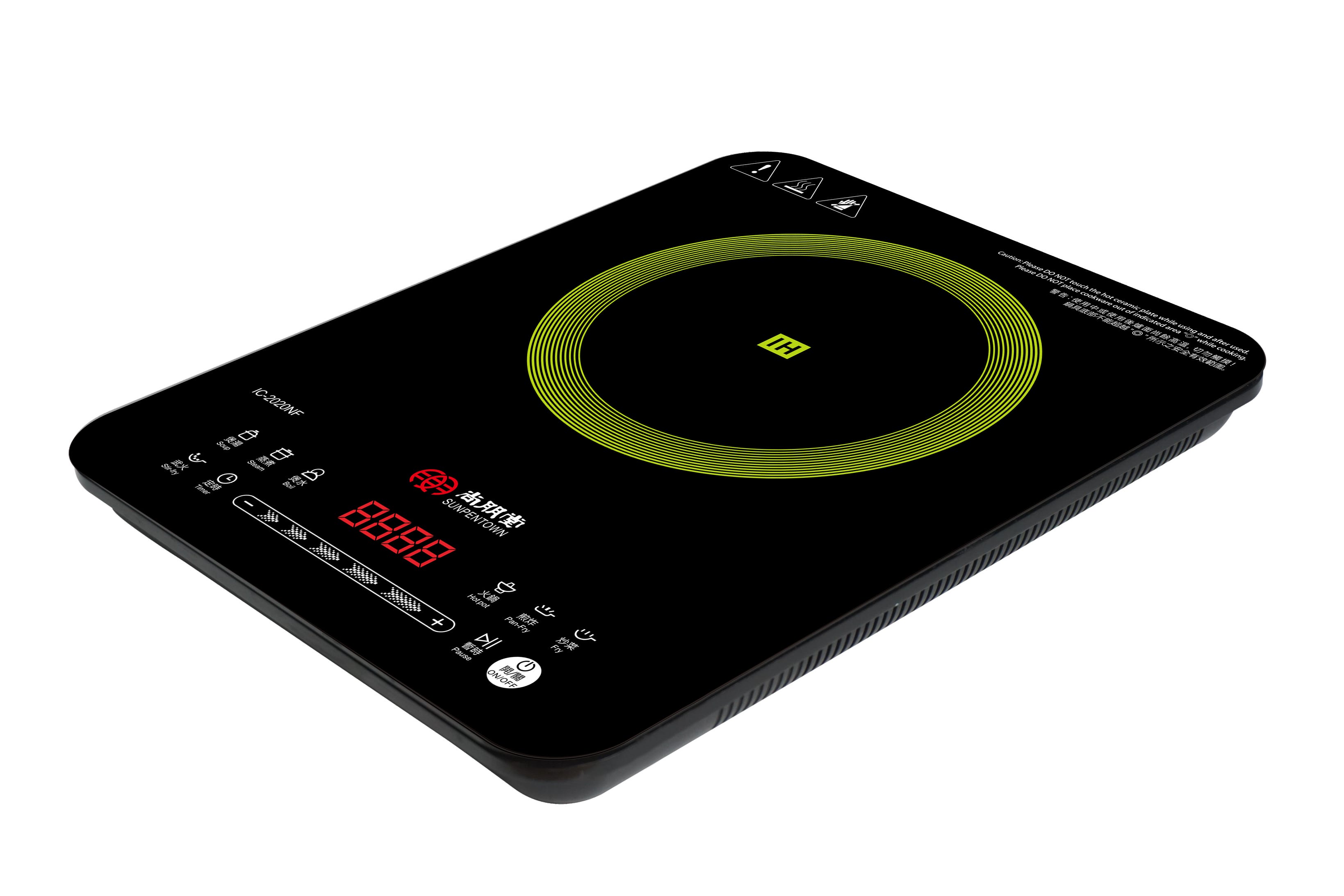 SunpentownIC2020NF Single zone Induction Cooker (Promotion)IC2020NF$435.00500Special Price $460.00 Regular Price $598.00
SunpentownIC2020NF Single zone Induction Cooker (Promotion)IC2020NF$435.00500Special Price $460.00 Regular Price $598.00 ProluxuryPIC002004 Proluxury Button-type induction cooker (2000 watts) (New Move in Promotion)PIC002004$148.001,000Special Price $198.00 Regular Price $699.00
ProluxuryPIC002004 Proluxury Button-type induction cooker (2000 watts) (New Move in Promotion)PIC002004$148.001,000Special Price $198.00 Regular Price $699.00 Newedo(Pre-order) HC-I1501A Smart IH 2000W Rapid Heating Induction Cooker (Earliest pick-up date: Late Jan 2026)HC-I1501A$0.004,000Special Price $199.00 Regular Price $699.00
Newedo(Pre-order) HC-I1501A Smart IH 2000W Rapid Heating Induction Cooker (Earliest pick-up date: Late Jan 2026)HC-I1501A$0.004,000Special Price $199.00 Regular Price $699.00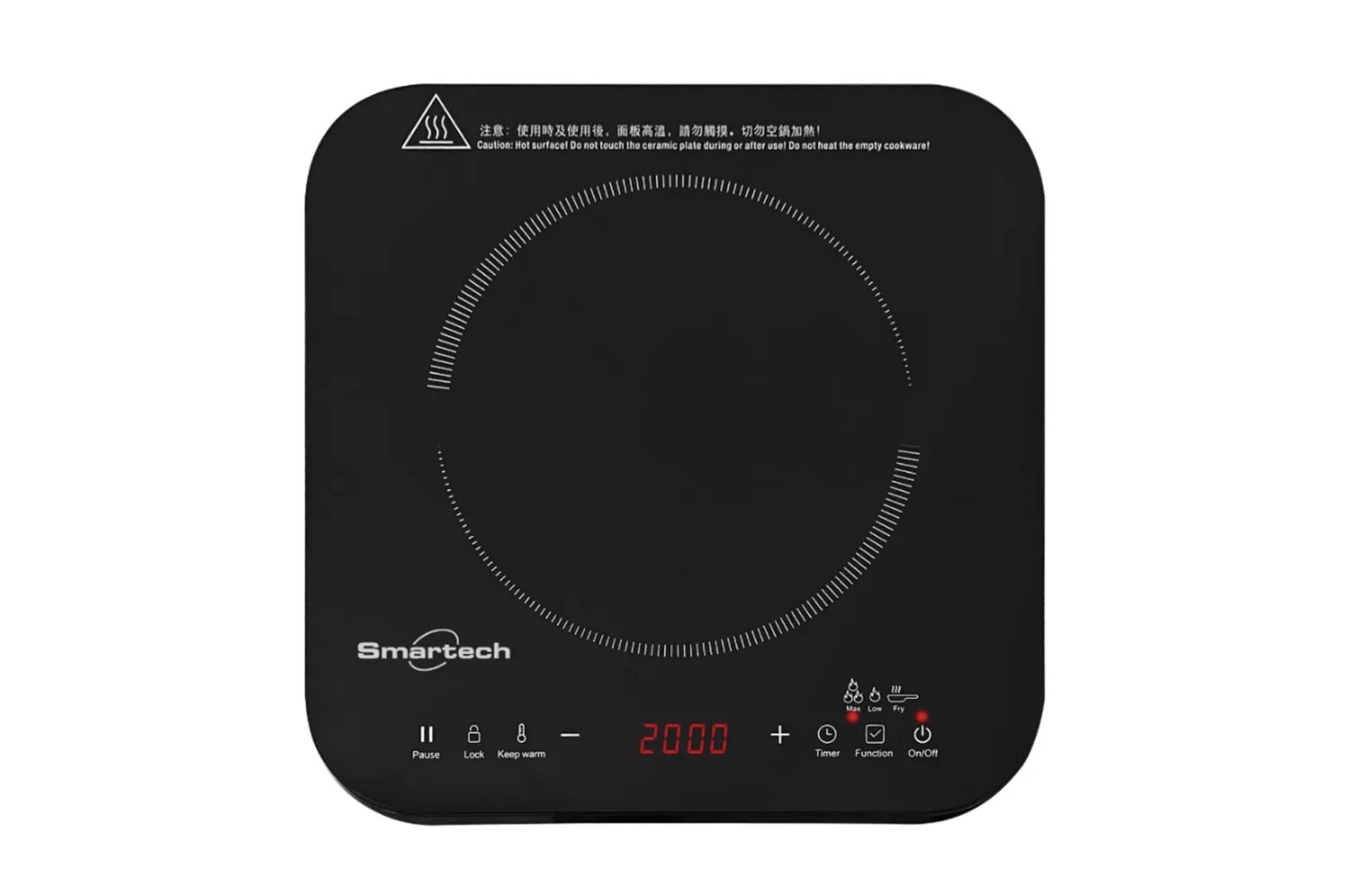 SmartechSC-2978 “Smart Touch” Intelligent Induction Cooker (Promotion)SC-2978$253.00500Special Price $278.00 Regular Price $698.00
SmartechSC-2978 “Smart Touch” Intelligent Induction Cooker (Promotion)SC-2978$253.00500Special Price $278.00 Regular Price $698.00 German PoolGID-RS22T-S Infrared Electric Ceramic CookerGID-RS22T-S$589.001,000Special Price $639.00 Regular Price $799.00
German PoolGID-RS22T-S Infrared Electric Ceramic CookerGID-RS22T-S$589.001,000Special Price $639.00 Regular Price $799.00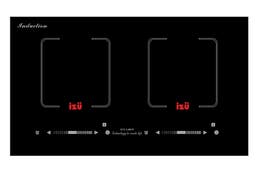 IzuICN-2.8KW Twin Zone Induction CookerICN-2.8KW$1,889.002,000Special Price $1,989.00 Regular Price $3,880.00
IzuICN-2.8KW Twin Zone Induction CookerICN-2.8KW$1,889.002,000Special Price $1,989.00 Regular Price $3,880.00 GENERAL TECHGT-CE281 2-in-1 Built-in / Tabletop Ceramic-Induction Hybrid Hob Series (Free gift: $100 Wellcome Cash Coupon)GT-CE281 (BLACK)$1,828.002,000Special Price $1,928.00 Regular Price $3,280.00
GENERAL TECHGT-CE281 2-in-1 Built-in / Tabletop Ceramic-Induction Hybrid Hob Series (Free gift: $100 Wellcome Cash Coupon)GT-CE281 (BLACK)$1,828.002,000Special Price $1,928.00 Regular Price $3,280.00 EsaarESAAR IH-19 built-in/ Freestanding 2-zone Induction HobIH-19$3,590.002,000Special Price $3,690.00 Regular Price $4,980.00
EsaarESAAR IH-19 built-in/ Freestanding 2-zone Induction HobIH-19$3,590.002,000Special Price $3,690.00 Regular Price $4,980.00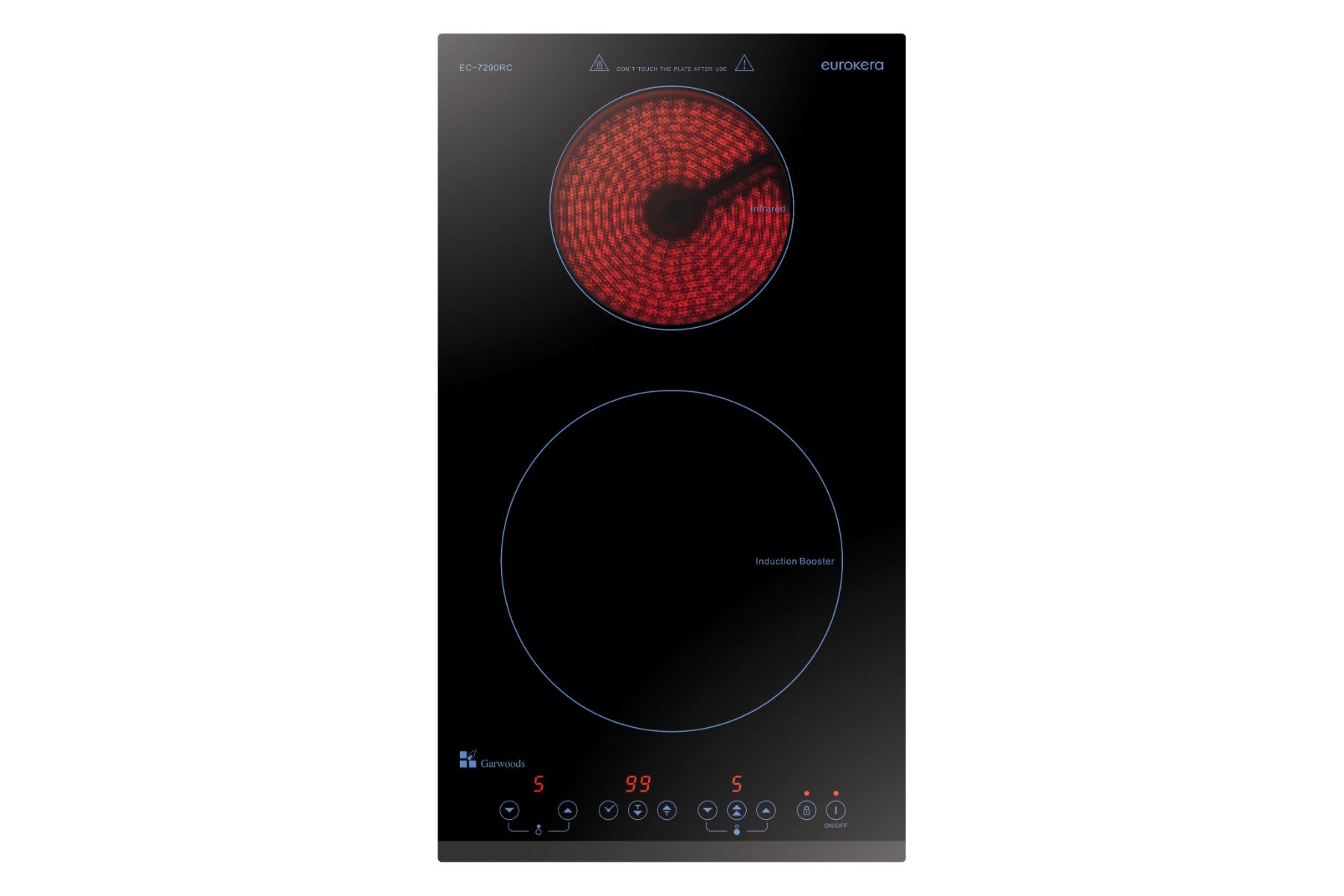 GarwoodsEC-7290RC 288mm 2 in 1 Electric CookerEC-7290RC$3,600.002,000Special Price $3,700.00 Regular Price $5,180.00
GarwoodsEC-7290RC 288mm 2 in 1 Electric CookerEC-7290RC$3,600.002,000Special Price $3,700.00 Regular Price $5,180.00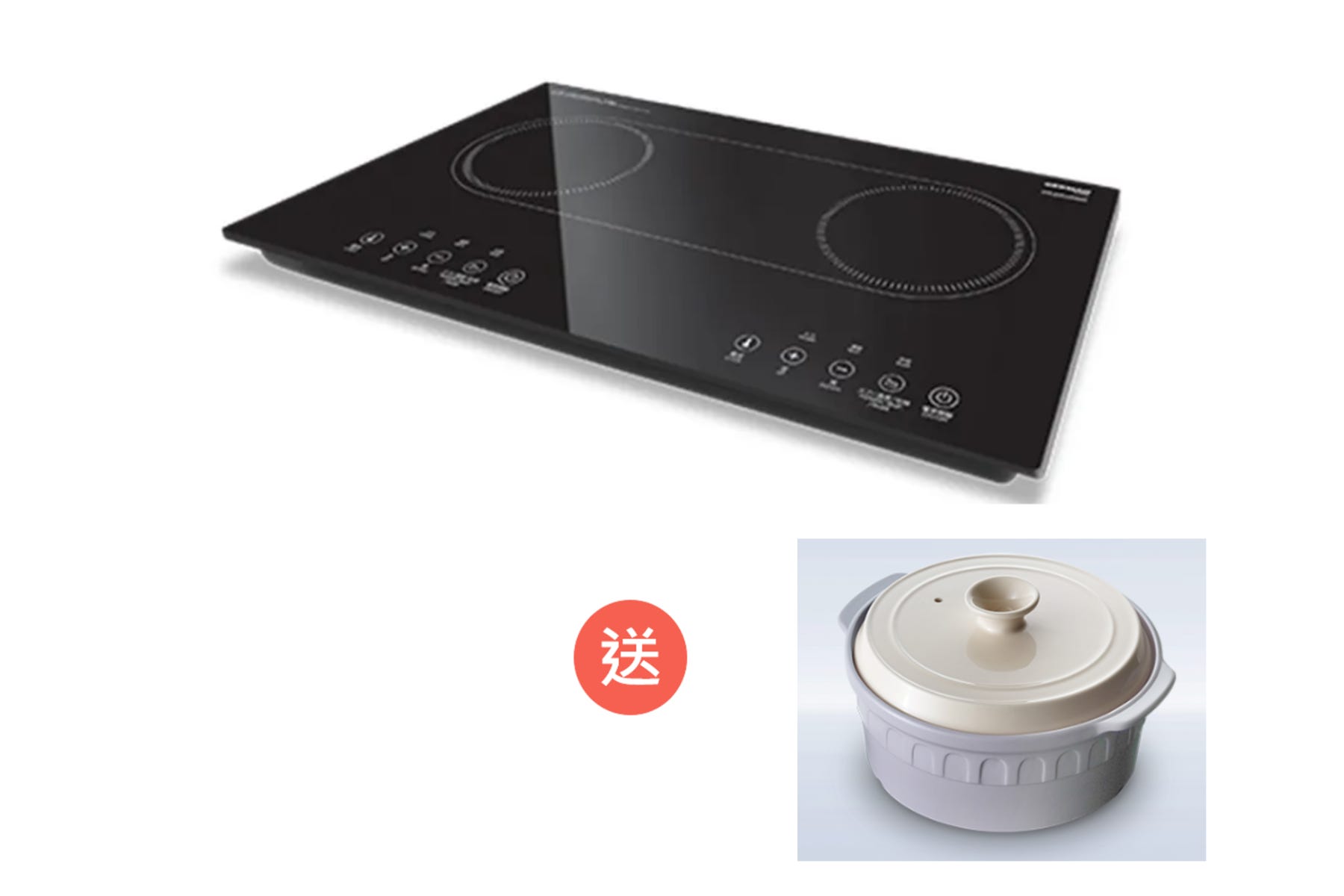 German PoolGIC-GD28T-S Free-Standing Induction Cooker (Free: IH Magic Ceramic Cooking Pot CPI-122)GIC-GD28T-SOut of stock$2,558.002,000Special Price $2,658.00 Regular Price $3,600.00Out of stock
German PoolGIC-GD28T-S Free-Standing Induction Cooker (Free: IH Magic Ceramic Cooking Pot CPI-122)GIC-GD28T-SOut of stock$2,558.002,000Special Price $2,658.00 Regular Price $3,600.00Out of stock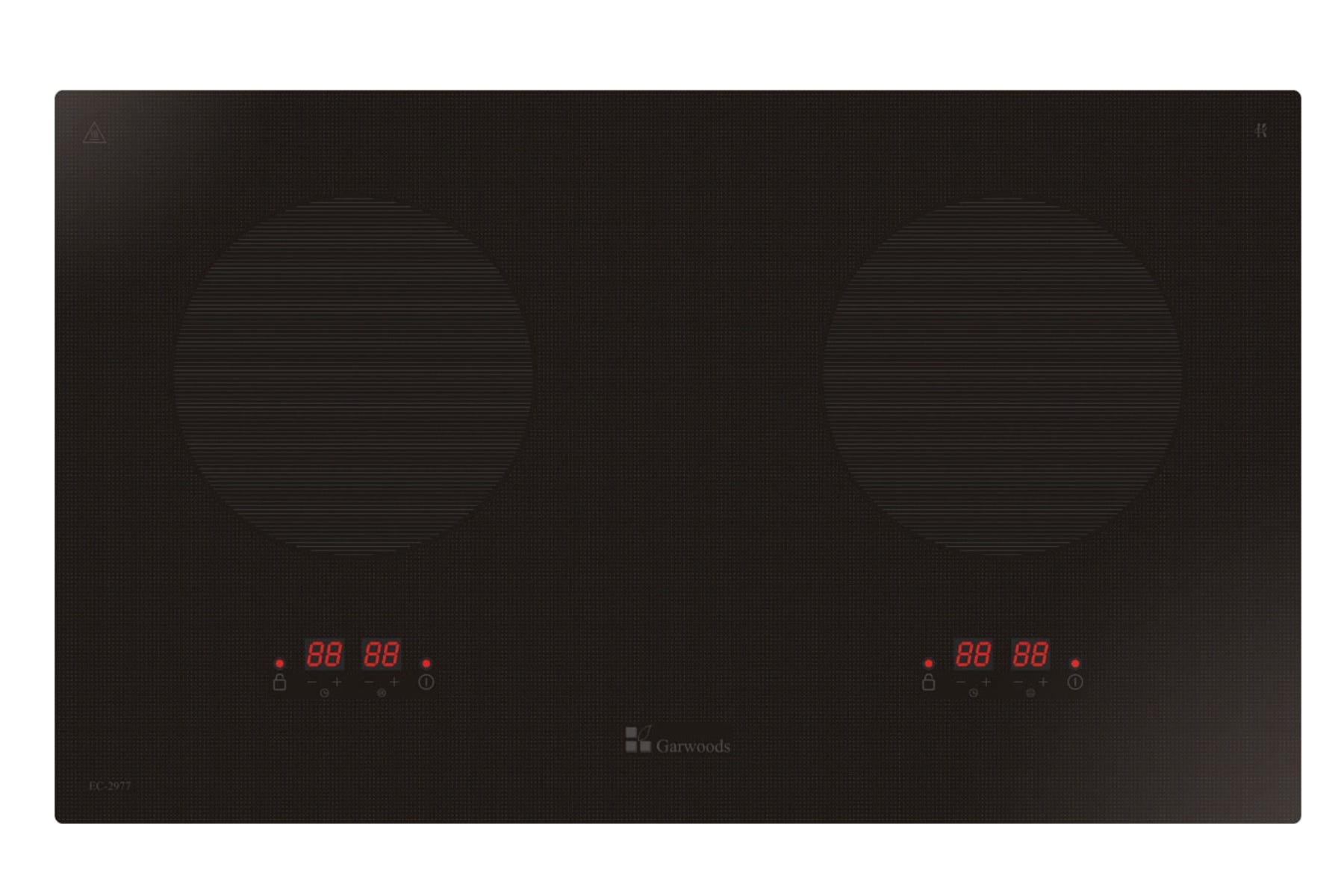 GarwoodsEC-2977 730mm Two-zone Induction CookerEC-2977$4,000.002,000Special Price $4,100.00 Regular Price $5,780.00
GarwoodsEC-2977 730mm Two-zone Induction CookerEC-2977$4,000.002,000Special Price $4,100.00 Regular Price $5,780.00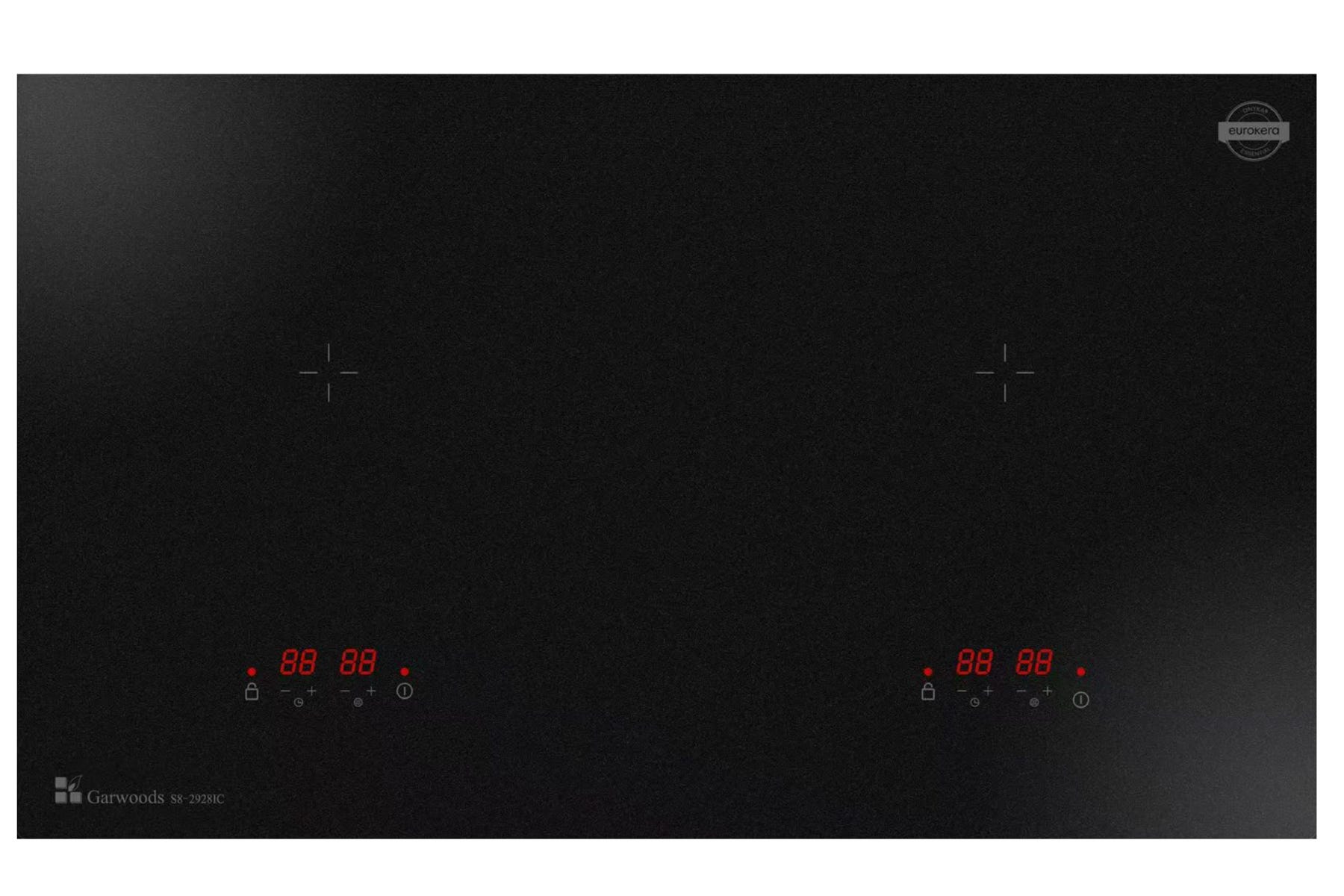 GarwoodsS8-2928IC 730mm Two-zone Induction CookerS8-2928IC$4,800.002,000Special Price $4,900.00 Regular Price $6,780.00
GarwoodsS8-2928IC 730mm Two-zone Induction CookerS8-2928IC$4,800.002,000Special Price $4,900.00 Regular Price $6,780.00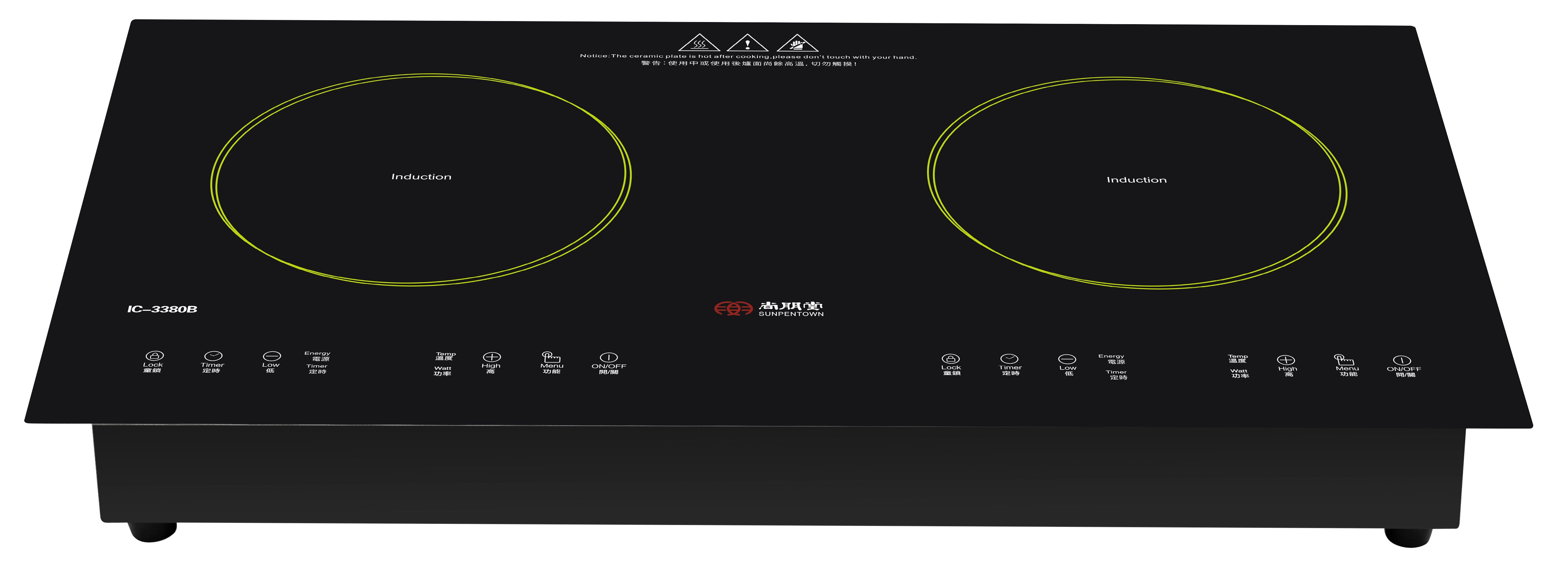 SunpentownIC3380B 2800W Built-in / Free-Standing Double-Hob Induction Cooker (Promotion)IC3380B$1,988.002,000Special Price $2,088.00 Regular Price $3,980.00
SunpentownIC3380B 2800W Built-in / Free-Standing Double-Hob Induction Cooker (Promotion)IC3380B$1,988.002,000Special Price $2,088.00 Regular Price $3,980.00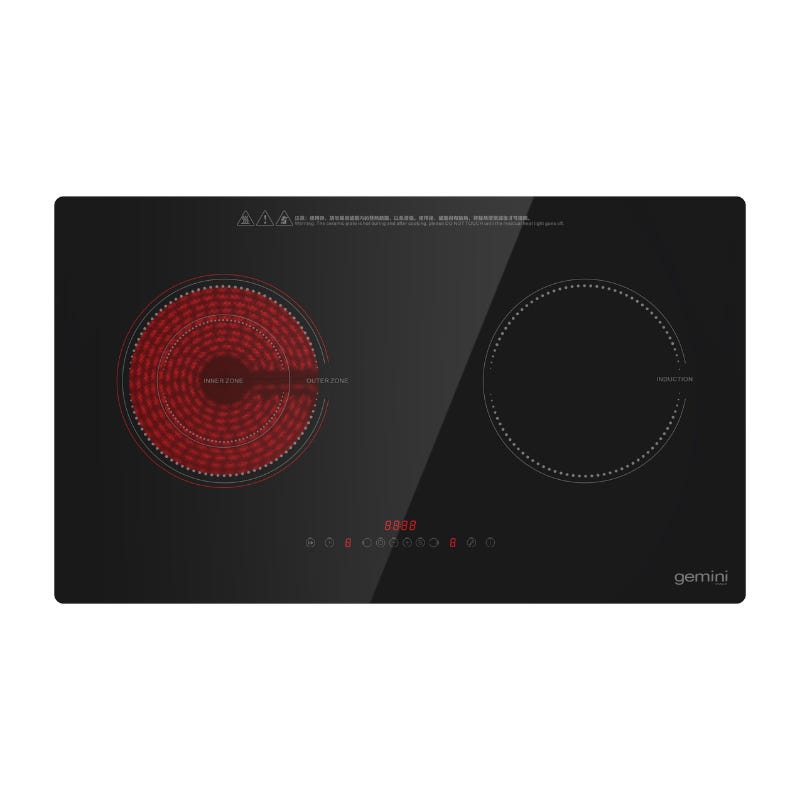 GeminiGVI28AA Built-in/Freestanding 2 in 1 Induction Cooker & Infra-red Ceramic Cooker (Promotion)GVI28AA$1,780.002,000Special Price $1,880.00 Regular Price $3,998.00
GeminiGVI28AA Built-in/Freestanding 2 in 1 Induction Cooker & Infra-red Ceramic Cooker (Promotion)GVI28AA$1,780.002,000Special Price $1,880.00 Regular Price $3,998.00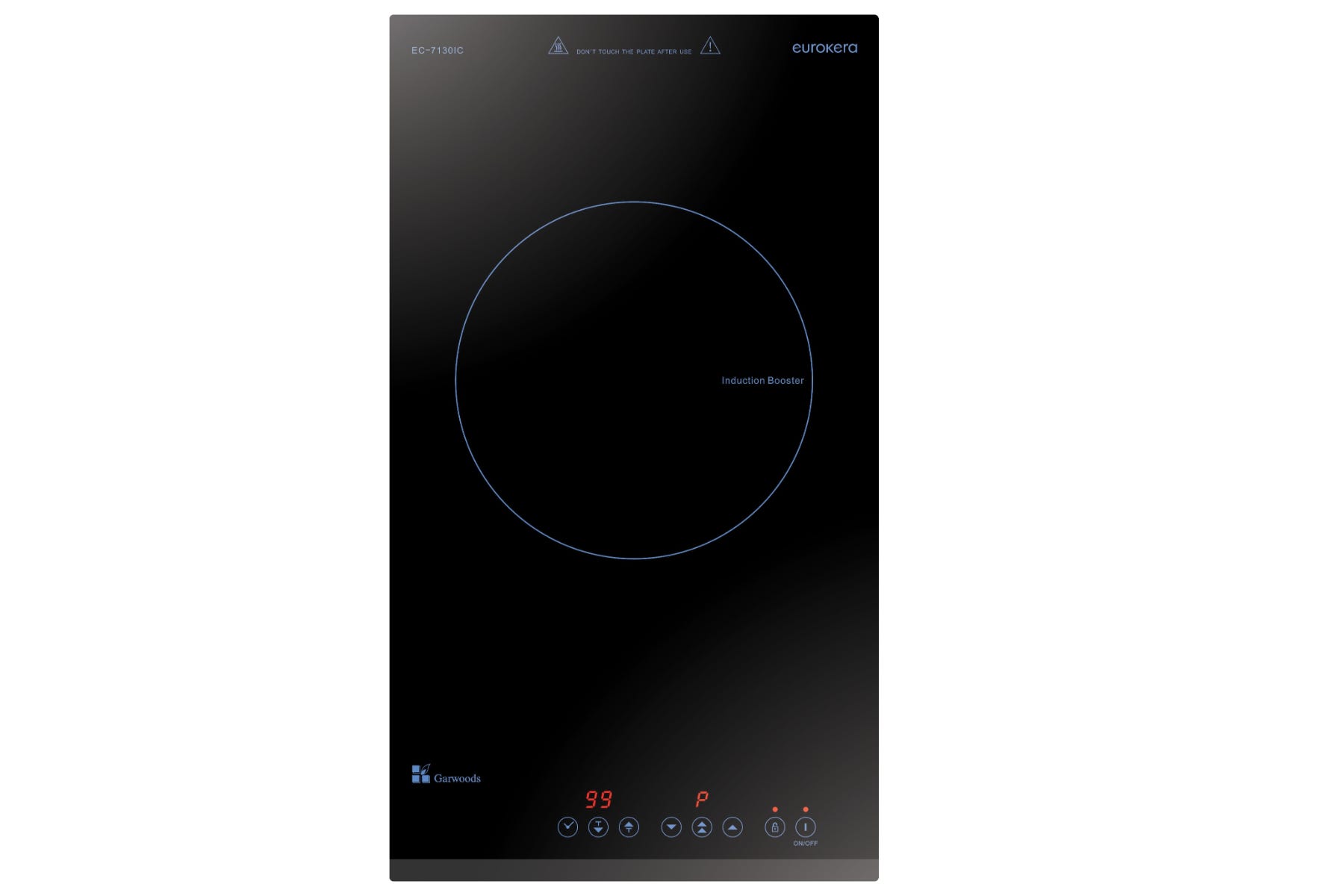 GarwoodsEC-7130IC (Kera Brushed Effect) Single-Zone Induction Cooker (Series 7 Domino)EC-7130IC (Kera Brushed Effect)$2,838.002,000Special Price $2,938.00 Regular Price $4,380.00
GarwoodsEC-7130IC (Kera Brushed Effect) Single-Zone Induction Cooker (Series 7 Domino)EC-7130IC (Kera Brushed Effect)$2,838.002,000Special Price $2,938.00 Regular Price $4,380.00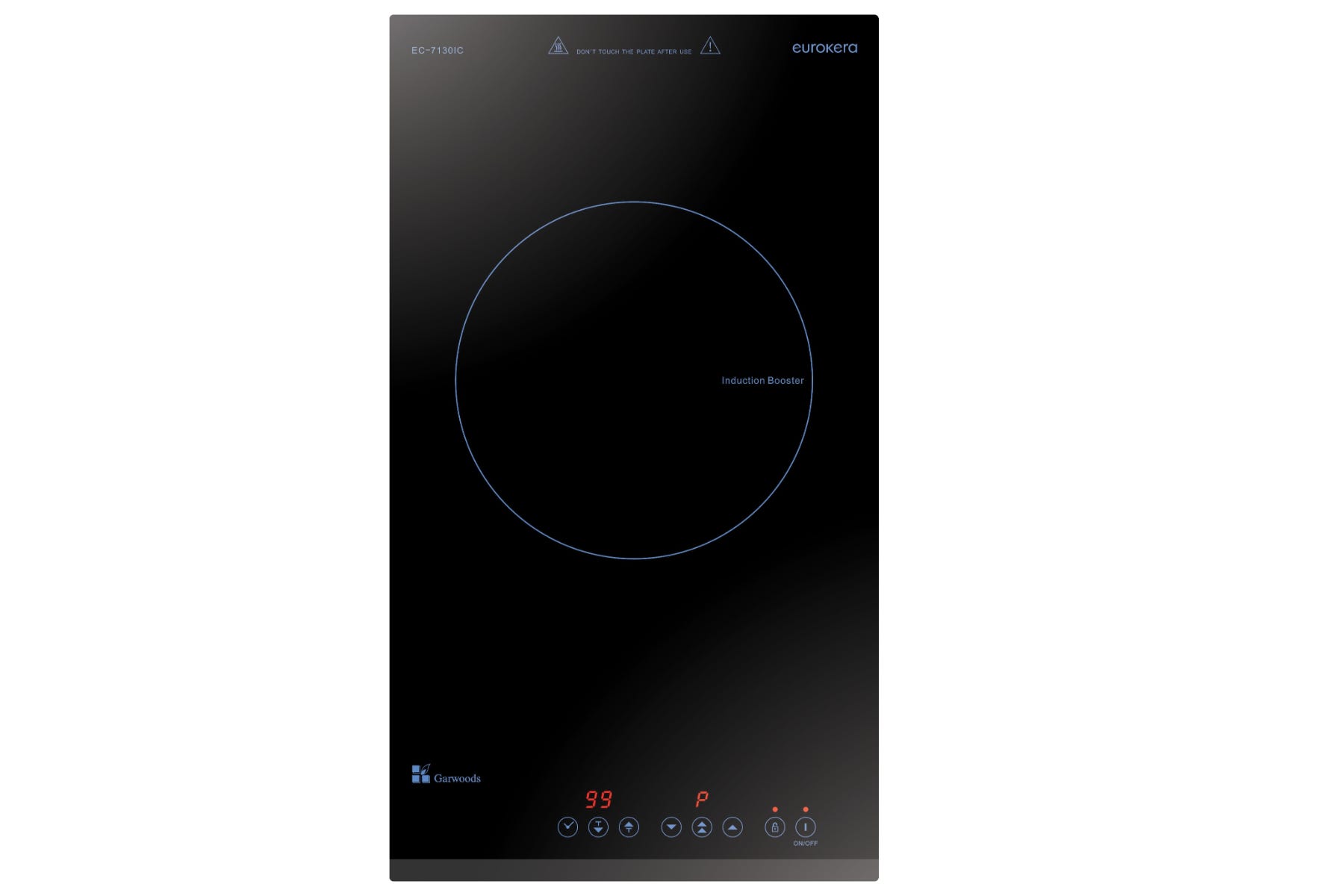 GarwoodsEC-7130IC (Kera Black) Single-Zone Induction Cooker (Series 7 Domino)EC-7130IC (Kera Black)$2,728.002,000Special Price $2,828.00 Regular Price $4,180.00
GarwoodsEC-7130IC (Kera Black) Single-Zone Induction Cooker (Series 7 Domino)EC-7130IC (Kera Black)$2,728.002,000Special Price $2,828.00 Regular Price $4,180.00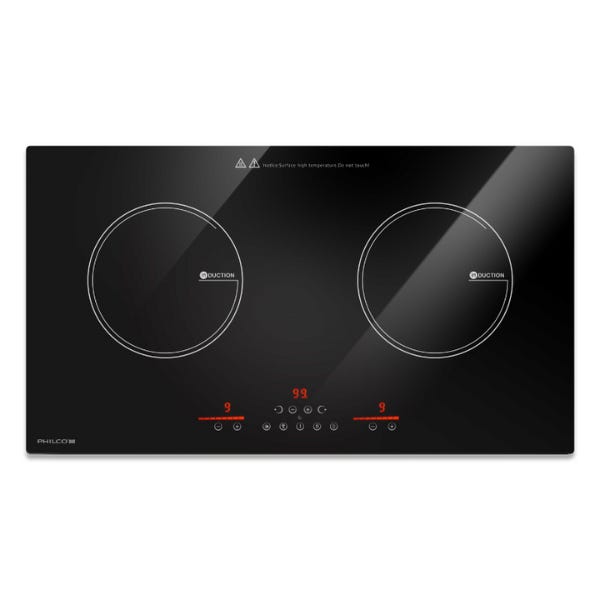 PhilcoPH2728IC 71CM Built in / Free Standing 2-Zones Induction HobPH2728IC$3,288.002,000Special Price $3,388.00 Regular Price $4,998.00
PhilcoPH2728IC 71CM Built in / Free Standing 2-Zones Induction HobPH2728IC$3,288.002,000Special Price $3,388.00 Regular Price $4,998.00 GarwoodsEC-2968 750mm Two-zone Induction Cooker 2800WEC-2968$3,470.002,000Special Price $3,570.00 Regular Price $6,380.00
GarwoodsEC-2968 750mm Two-zone Induction Cooker 2800WEC-2968$3,470.002,000Special Price $3,570.00 Regular Price $6,380.00 SunpentownRC320S Single-Hob Infrared Electric Ceramic Cooker (Black)RC320S$390.00500Special Price $415.00 Regular Price $798.00
SunpentownRC320S Single-Hob Infrared Electric Ceramic Cooker (Black)RC320S$390.00500Special Price $415.00 Regular Price $798.00




